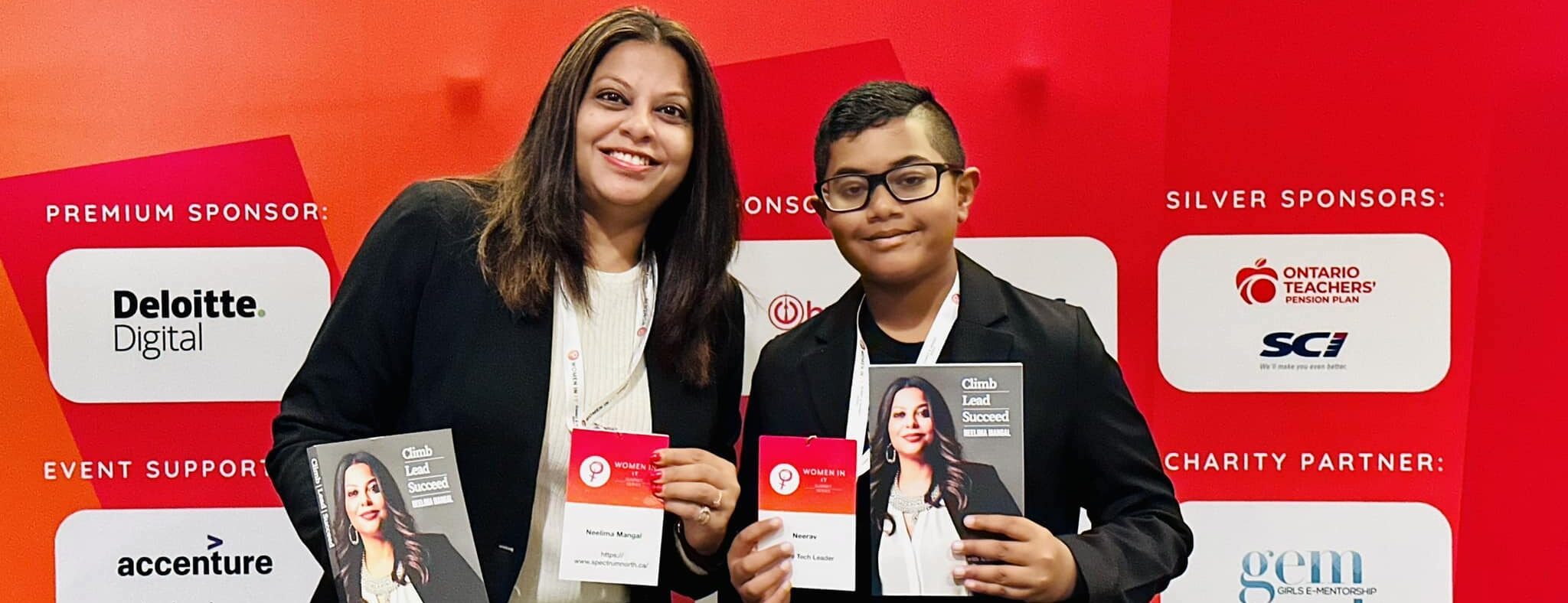Having spent more than two decades in the IT sector steering teams, overseeing projects, and confronting the challenges posed by the ever-evolving technical landscape, it’s fair to say that I’ve had my share of both failures and successes. And from both, I’ve emerged with many learnings. To give you a head start in your own leadership journey, I’m sharing some of the things I wish I’d known when I started my career.
What is leadership?
Leadership involves much more than simply issuing directives. It requires a delicate balance of skills, openness to feedback from a variety of sources, and the ability to identify and draw valuable lessons from the chaotic buzz that surrounds us. True leadership necessitates the ability to inspire, encourage, and guide others toward a common goal.
Leadership doesn’t occur in a vacuum. It happens in the dynamic environment of an organization, a team, or a project. True leaders can detect patterns, extract significant lessons, and use these insights to make educated decisions amid a frenzy of actions and constant noise.
Leadership isn’t about the destination. It’s also about the journey — and the people traveling with you. Effective leaders recognize that the people they lead are just as important as the goals they pursue. They place importance not only on the assignments at hand but also on the growth and well-being of their team members. Building strong, collaborative, and motivated teams is a leader’s top objective.
Leadership isn’t about success. It’s a multidimensional journey that includes both success and failure. It entails not only steering a course toward goals but also accepting feedback from various sources. Effective leaders are not threatened by feedback; instead, they actively seek it out and use it to refine their approaches. It requires adaptability, the ability to learn from mistakes, and a focus on developing and nurturing others.
The principles below guide my leadership strategy. They’re my compass in navigating both challenges and opportunities, they anchor me in purpose, and they inform my decisions and activities.
My top five principles of leadership
- People tend to remember your latest accomplishments — so it’s vital to keep up a strong, consistent performance.
- A collaborative workplace requires the establishment of a proficient and balanced team.
- Your reputation is crucial, as it influences trust and the willingness of others to listen and act on your advice.
- You need to stay optimistic in the face of challenges to effectively inspire and lead a team.
- While talent is important, character plays an equally significant role in achieving success, as employers promote candidates who possess the right values, a positive attitude, a hunger for learning, and who fit the company culture.
I firmly believe that these five things — consistent performance, teamwork, reputation, optimism, and character — form a critical foundation for a successful leadership career.
Now let’s take a look at some action items.
Ten actionable strategies to drive your success
Actively think about your next project now. Be intentional in planning for your future experiences and growth, and don’t passively wait for opportunities to land in your lap. Start by setting short term goals that lead you toward your longer term objective. As you reach each milestone, celebrate and allow your growing confidence to carry over into your next endeavor. I discovered that the more deeply I involved myself in a project, the more creative and idea-generating I became. So invest thought cycles into making sure that your projects are leading you in a direction you want to pursue.
Don’t be afraid of failure. Back in school, I was studious but timid. I worried about what my peers would say if I contributed ideas or asked questions in class. But failing and seeking answers are both necessary steps in the learning process. If something’s on your mind, speak up. Your idea might be accepted or rejected, but both are okay. Embrace failure, as that’s when you truly discover success.
Absolutely negotiate. I discovered the power of negotiation when I came to North America. I was keenly aware of my status as an immigrant, and at first, I was afraid of being thrown out of the country. As I became more comfortable with life in the United States, I started seeing it as a place of opportunity. This new mindset helped me begin to value myself, my skillset and my time, which I channeled into my budding negotiation skills. And I have been using them to shape my career ever since. Artful negotiation takes time, practice, self-confidence, and instinct. So start working on it now.
Find an advocate. Growing up, we are taught that hard work will be rewarded. I have found in my career that this is not the case. It is who you know, as well as what you know that will advance your career. The tech industry, my stomping ground, is still dominated by men, and I have needed to overcome plenty of obstacles, especially as an immigrant. I have become frustrated watching perfectly qualified, talented women become disillusioned and leave the industry, never to return. Women succeed when they support each other. And if you’re the only woman in the room, then turn to a male ally. Find yourself an advocate who has your best interests in mind and vouches for you behind closed doors.
You may look different from your peers, but you have just as much value. I have sat in many meetings where I have been the only brown-skinned woman in the room. It can feel lonely. But every time I feel like an imposter, I remind myself of all the hard work and sacrifice that got me here. Regardless of the path we take to reach our destination, we’re all sitting around the same table with our shared commitment to the project at hand.
As a manager, I recognize and celebrate that everyone has their own unique perspective. All are valuable, and we need to create a supportive environment where everyone feels comfortable enough to speak up. Having team members with diverse backgrounds at the table makes for better decisions. Just make sure your team is focused on your similarities and common goals.
Success will come and go, and that’s okay. Success is not a solid destination but more of a feeling. You feel that sense of pride and fulfillment when you achieve something — and then it disappears. But the ebb and flow of success is normal. The key is to use each success as a building block for the next one and to let your learnings motivate you to rise to another challenge. As my career has progressed, I’ve realized it is not about that elusive feeling of success. It is about building a life solid enough to withstand the currents. Surround yourself with loved ones, and you can do anything.
Do not compare your success to others’. You are the only one who can define your success. I am a goal-oriented person. My leadership superpower is my ability to motivate my teams to unite and focus on achieving a common objective. I feel a sense of accomplishment when a project’s milestones are achieved, and when my team is able to collaborate without me. Your feeling of success might come in meeting a goal. Or it might be triggered by a new position with a corner office. Or something else entirely. You get to decide.
It’s not just the giant leaps that count. Sometimes your dreams can feel so far away. You know what you want and have a plan to get there, but life can get in the way. Break down your dreams into small goals. When you achieve each goal, celebrate it. But also listen to your inner voice to identify the kind of life you want at each stage. Sometimes it is okay to say no to advancement because of the time it takes away from your family. Work hard, and other opportunities will come your way.
Dreams have no end. The wonderful thing about dreams is they have no expiration date. And they often materialize when you least expect, sometimes in an unanticipated form. To achieve them, relax and work on yourself. Nothing else. The impact of the work you are doing today may not be fully realized for weeks, even months. Remember that life is a journey. Enjoy the process and learn from it.
It’s never too late to start a new journey. When I was working in the United States, I shared rides with someone who had been in the armed forces for 15 years. Despite having no prior expertise or knowledge of the IT industry, he boldly became a developer and excelled. His bravery in trying something completely new was incredibly motivating, reminding us that age should never be an impediment to reaching our goals. It is never too late to start over.
Success is not about an elusive destination but rather the journey. Celebrate the small steps and your own unique victories. Strive to chart and embrace the path that leads to your fulfillment — a narrative written by your personal definition of success.
Neelima Mangal is an IT executive, entrepreneur, diversity advocate, and the author of Climb, Lead, Succeed. She was nominated for the Forbes Tech Council 2023 Thought Leadership Exchange — Top20 Published Member as well as the Top 50 Most Powerful Women in Tech 2022 from the US-based Tech Inclusion Committee. She also hosts The Power of Women in the World of Tech podcast, holds a nomination for Scrum Board Member, and has earned accolades like WOI22’s Authentic Leader award and Women of Inspiration. You can reach her on LinkedIn.


















